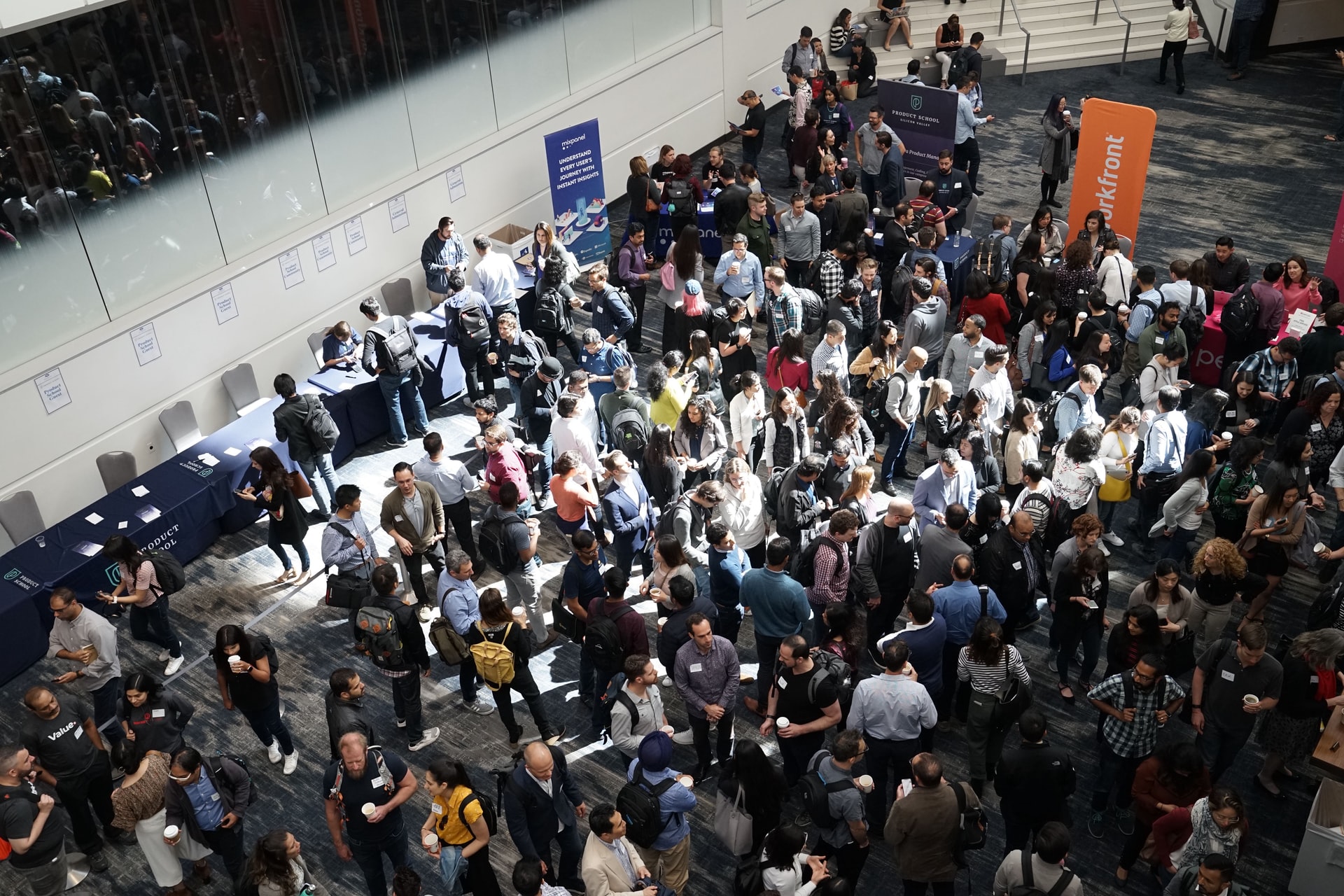
Opinion The future of major events and exhibitions is undoubtedly entering the most significant period of transformation that the event sector has have seen. The ‘mega events’ like CES, MWC, and the ADIPECs of the world have been forensically examined as the event sector does the exact opposite of waiting with bated breath. Instead, we’ve witnessed a creative and relentless drive for change as events businesses bravely explore new methods to deliver immersive and meaningful experiences to their loyal customers.
This effort to deliver has proven not just to maintain the support of existing customers but has also opened up the event world to sometimes hundreds of thousands of additional digital event attendees. Those who wouldn’t previously have attended events in person have been turning out in force for virtual events, and this is where the real opportunity for change lies.
The days of an annual event where you would fly across the world for an exhausting 2-5 days spent trawling exhibition halls, already seems like a relic of the past.
Compare that experience to how most people now consume TV; that was the event equivalent of a full weekend binge watching Netflix. Without the opportunity to hit pause at any point. That is not the event world of the future.
The standalone annual event no longer fits the growing universe of potential event attendees that are now accessible. Why? Because people’s lives have fundamentally shifted during this pandemic and this in turn, has changed the way that they interact with events.
It’s highly likely that the event sector’s rapid response to this change, and the innovative and genuinely meaningful way that attendees can interact digitally in the event world, means that it’s extremely likely that digital additions will remain permanently.
Add to this the the sustainability challenges increasingly presented to the event sector, and many have identified digital attendance as a way to reduce carbon footprints, as well as reduce the wastage generated at a physical event. It’s estimated that only 30% of materials created for a physical event (from literature to exhibition booths) is recycled and before Covid hit, sustainability was the #1 challenge facing event organisers.
This challenge has not gone away. The culmination of these changes highlight the opportunity to embrace and usher in a new era of positive change.
This change is the inevitable emergence of the hybrid event.
If the physical event of old was the sun at the heart of the solar system, then digital activity and channels present the chance to add additional satellites, planets, solar systems, and more.
At the time of writing, the virtual event is where almost all event activity has to happen, but in time the Mega Events will expand their horizons beyond the confines of physical venue walls. They are set to change from being static, in-person only, physical moments in time to now being a central physical event that is enhanced by several or numerous digital aspects that likely spread over an extended period of time.
For simplicity we can assume that a hybrid event refers to any event that provides a meaningful experience for two groups of people: those present in person and those present digitally. It is increasingly clear that attendees see value in both in-person and digital experiences, so the smart Mega Event providers will offer both, permanently.
The phrase ‘hybrid event’ may feel too prescriptive for some, and indeed, it’s most likely that this phrase will become obsolete over time as we move through this big window of transformation.
The physical event can be enhanced with pre, during, and post event digital activity that enables live and on-demand content share, education, networking and also enjoyment. This is where your event universe becomes so much more vast, and your attendee pool increases in response.
As well as attendees, event organisers are also enjoying the newly realised benefits of digital events and according to Informa Markets’ Head of Exhibitor Experience EMEA, Laura McCartney: ‘Digital events have given us unbounded reach, immediate attendee feedback and greater insights into buyers. We have learnt more than we expected.’
This thought summarises why hybrid ‘mega events’ have so much potential from a marketer’s perspective. The digital aspects will provide marketers with numerous new opportunities to understand the audience and evolve their ongoing event experience (and broader marketing efforts) to better meet their attendees’ needs.
You can see who attended what, how long for, what questions they asked, what questions they liked, who downloaded what, and of course, who did nothing at all. This is intelligence the event sector has never previously had en masse.
Additionally, multiple touch points with digital attendees before and after the in-person element of a hybrid event offer a sequence of opportunities to move potential buyers along a buying journey.
The potential is immense, and it’s universal. Harnessing the potential is another topic altogether, but a carefully designed hybrid event will provide a wider universe of attendees and deeper insights into who they are and how they buy, than the physical events of the past. For marketers who thrive on data, this is a moment of opportunity to drive the right transformation in the events of the future.
The future of mega events is only just beginning. As both physical and digital event aspects become the standard delivery model, the event universe just got a whole lot bigger.
Photo by Product School on Unsplash

Interested in hearing leading global brands discuss subjects like this in person?
Find out more about Digital Marketing World Forum (#DMWF) Europe, London, North America, and Singapore.






